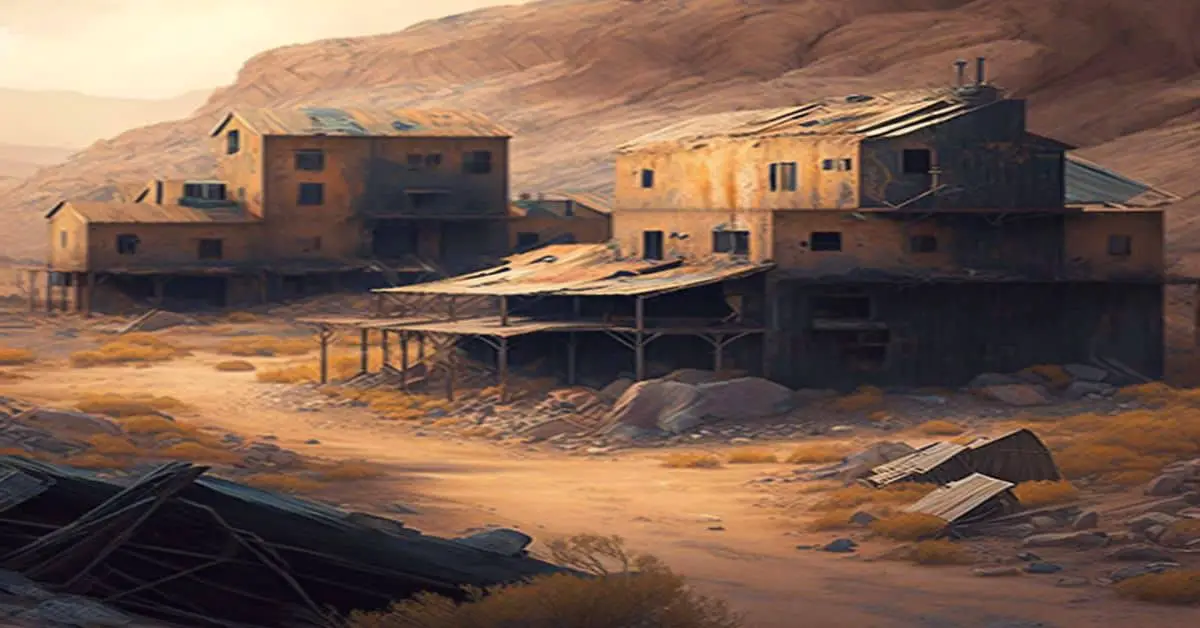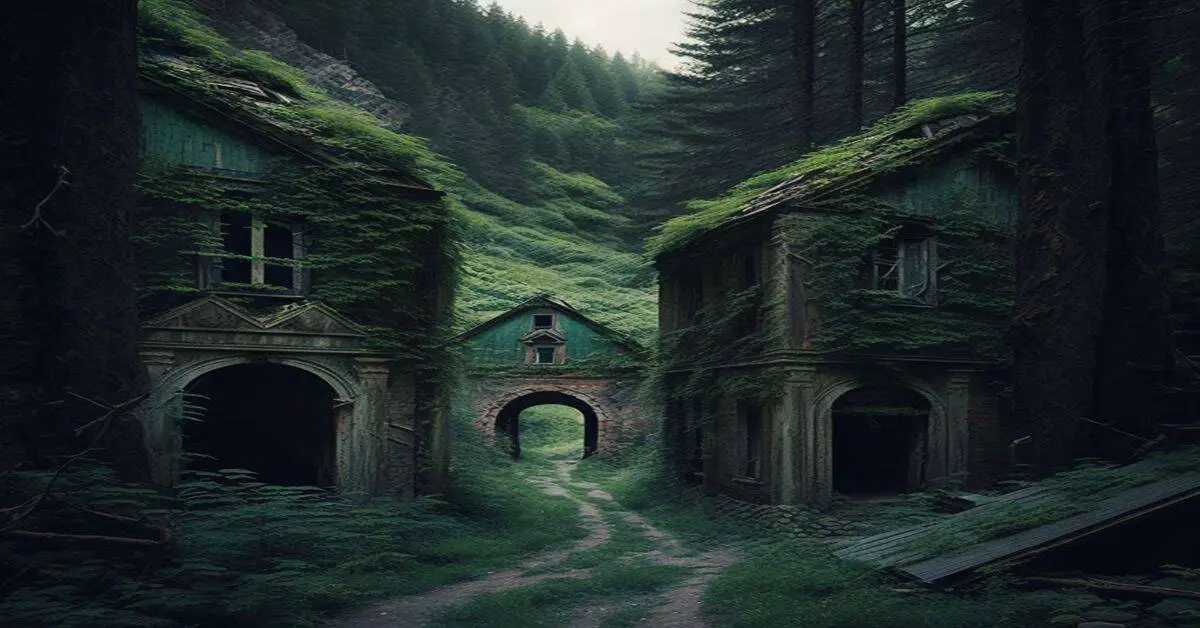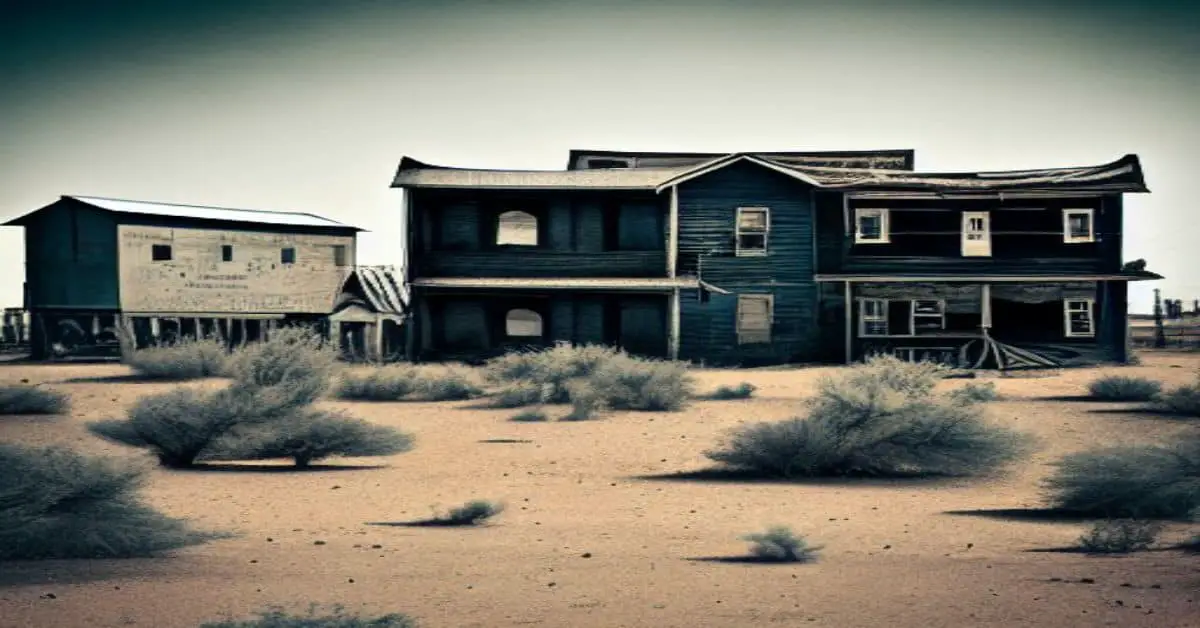Nestled in the high-altitude Teller County, Colorado, is the charming ghost town of Victor. Discovered in the late 19th century, Victor grew into a bustling mining hub and was named after its competitor, Cripple Creek.
Today, the town’s rich history and well-preserved original buildings, including several churches and lodges, make it a must-visit destination for history and architecture enthusiasts.
Victor’s enduring charm and unique character remain intact despite its desolate areas. The town’s historic sites and landmarks offer visitors a glimpse into the past and an opportunity to explore the town’s fascinating history.
This article explores the history and attractions of Victor, CO, to provide readers with a comprehensive guide to discovering the town’s history and charm. From its location and history to its attractions and landmarks, readers will learn everything they need to know to plan a visit to this historic town.
Key Takeaways
- Victor, CO is a semi-ghost town with abandoned homes, shacks, and storefronts, but its historic sites and landmarks offer visitors a glimpse into the past and an opportunity to explore the town’s fascinating history.
- The town boasts a number of well-preserved early buildings, including several historic churches and lodges, while the Sunnyside Cemetery is the final resting place for many of Victor’s early residents.
- The Gold Coin Mine offers visitors a tour of the historic mine and the chance to learn about the mining process and the lives of the miners who worked there, while the Victor Trading Company is now a gift shop and museum with exhibits on local history and culture.
- Visitors can easily navigate the 2WD roads that traverse the grid of the semi-ghost town, and while local transportation options are limited, the Victor Hotel offers rooms for overnight guests.
Location and History
Victor was discovered in 1891 and 1892 in Teller County near Colorado Springs. The town grew into a bustling mining community with the first mines in the area, eventually being named after Victor C. Adams who was a competitor to Cripple Creek. The geological significance of the area cannot be overstated, as the region is rich in gold deposits.
The early residents of Victor were primarily miners who came to the area seeking fortune. Notable figures include Winfield Scott Stratton, who discovered the Independence Mine and became one of the wealthiest men in the world at the time, and Mary Babcock, who owned a successful hotel in the town. Despite facing natural disasters such as fires and floods, Victor continued to thrive until the 1940s when the gold mines began to close down.
“We are a unique setting of 1890’s mine structures and turn-of-the-century brick buildings, unique shops and restaurants, as well as hiking trails, museums, and gold mining experiences. We have clean, cool mountain air and plenty of year-round sunshine. What we do not have – stoplights, chain stores, traffic, or anything resembling the rat race!“
https://victorcolorado.com/
Today, the town is a semi-ghost town with abandoned homes, shacks, and storefronts, but many early buildings are well-preserved and offer a glimpse into the town’s fascinating history.
Attractions and Landmarks
Interestingly, despite its status as a semi-ghost town, Victor boasts a number of well-preserved early buildings that offer visitors a glimpse into the town’s bustling past. The town has several historic churches and lodges, including the Masons, Elks, Odd Fellows, and Unions. These buildings testify to the town’s rich history and allow visitors to learn more about the area’s mining heritage.
In addition to the historic buildings, Victor is also home to a cemetery that offers a unique glimpse into the town’s past. Visitors can take a cemetery tour to learn about the lives of the early pioneers who settled in the area and the miners who worked in the local mines. The cemetery tour is a must-see for history buffs and anyone interested in learning more about the fascinating history of Victor, CO.
Exploring and Getting Around
To explore the town of Victor and its various attractions, visitors can easily navigate the 2WD roads traverse the semi-ghost town’s grid. Walking tours are also available, allowing visitors to get up close and personal with the town’s historic buildings and landmarks. Local transportation options are limited, but visitors can rent bicycles or use the shuttle service provided by the town’s Chamber of Commerce.
As visitors make their way through Victor, they will encounter several unique sights and experiences. Here are just a few examples:
- The Victor Lowell Thomas Museum: This museum is dedicated to the town’s history and the surrounding area, with exhibits on mining, railroads, and local culture.
- The Victor Hotel: Built in 1899, this historic hotel has been restored to its former glory and now offers rooms for overnight guests.
- The Sunnyside Cemetery: This cemetery is the final resting place for many of Victor’s early residents, including miners, business owners, and community leaders.
- The Gold Coin Mine: Visitors can tour this historic mine and learn about the mining process and the lives of the miners who worked there.
- The Victor Trading Company: This former general store is now a gift shop and museum, with exhibits on local history and culture.
Frequently Asked Questions
What is the current population of Victor, CO?
Like a time capsule frozen in history, Victor, CO retains its charm with a semi-ghost town atmosphere. Despite population growth in the late 19th century, current demographics show a decline with an estimated population of only 400.
Are there any annual events or festivals held in Victor?
Victor hosts annual events such as the Gold Rush Days, Victor Celebrates the Arts, and Victor Gem & Mineral Show. Local cuisine options include the Fortune Club at the Victor Hotel and the Gold Camp Bakery.
What is the current state of the mining industry in Victor?
The mining industry in Victor, CO is currently active and thriving. With the aid of modern mining technologies, the economic impact of mining has been substantial. However, it is important to note the potential environmental consequences of such practices.
Is there a local museum or historical society dedicated to preserving the town’s history?
Preservation efforts in Victor, CO include the Victor Lowell Thomas Museum, which houses local artifacts and provides educational outreach programs. Community involvement is key to maintaining the town’s history, as seen through the many historical societies in the area.
Are there any hiking trails or outdoor recreational activities available in the surrounding area?
Teller County, near Colorado Springs, offers top hiking destinations and outdoor sports activities. The area boasts numerous trails for hiking, mountain biking, and horseback riding, including the nearby Mueller State Park and Pikes Peak.


